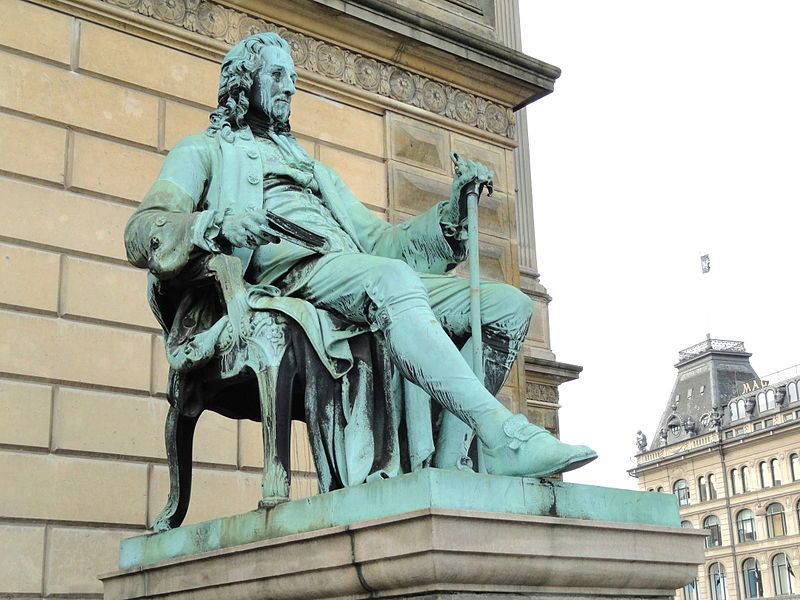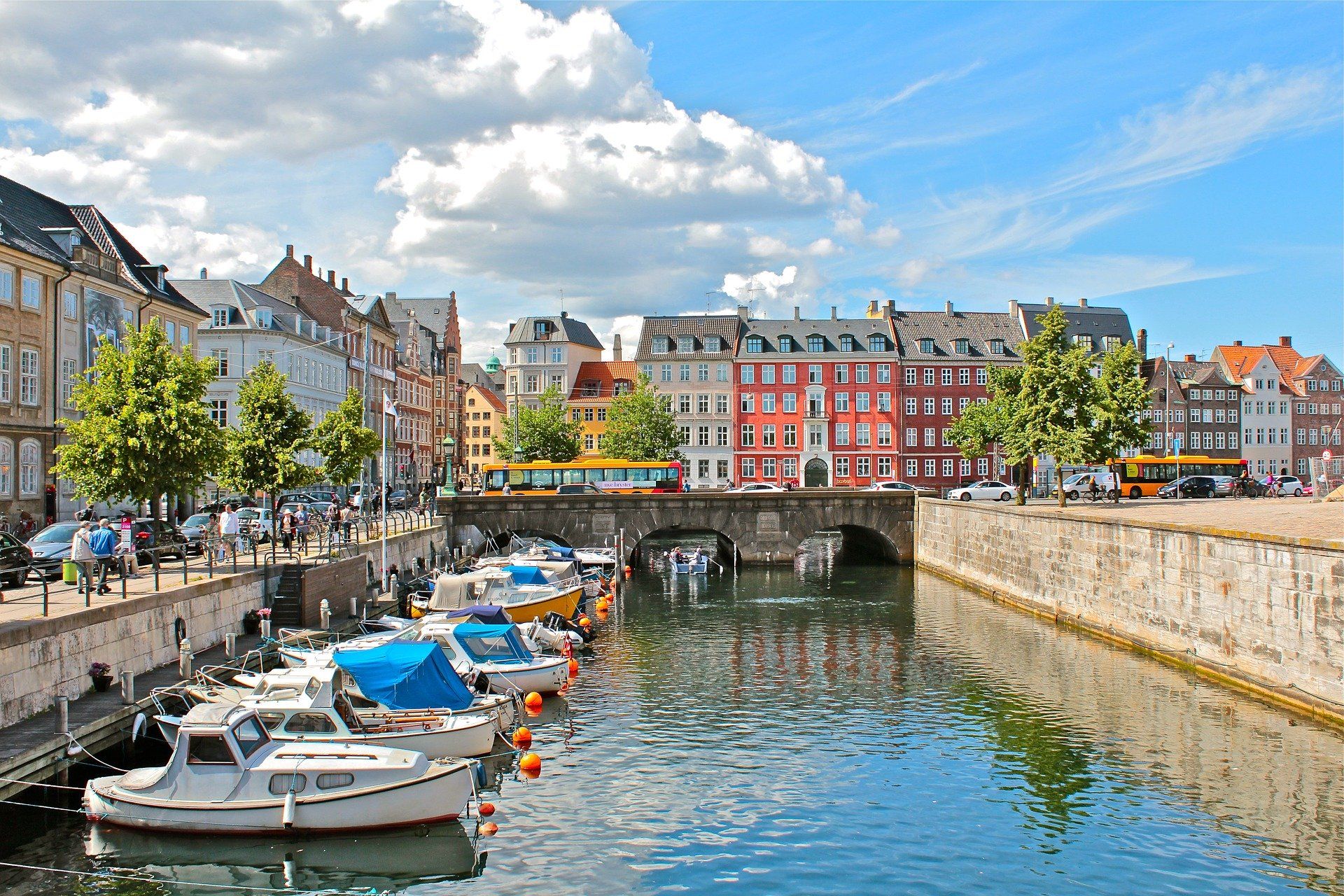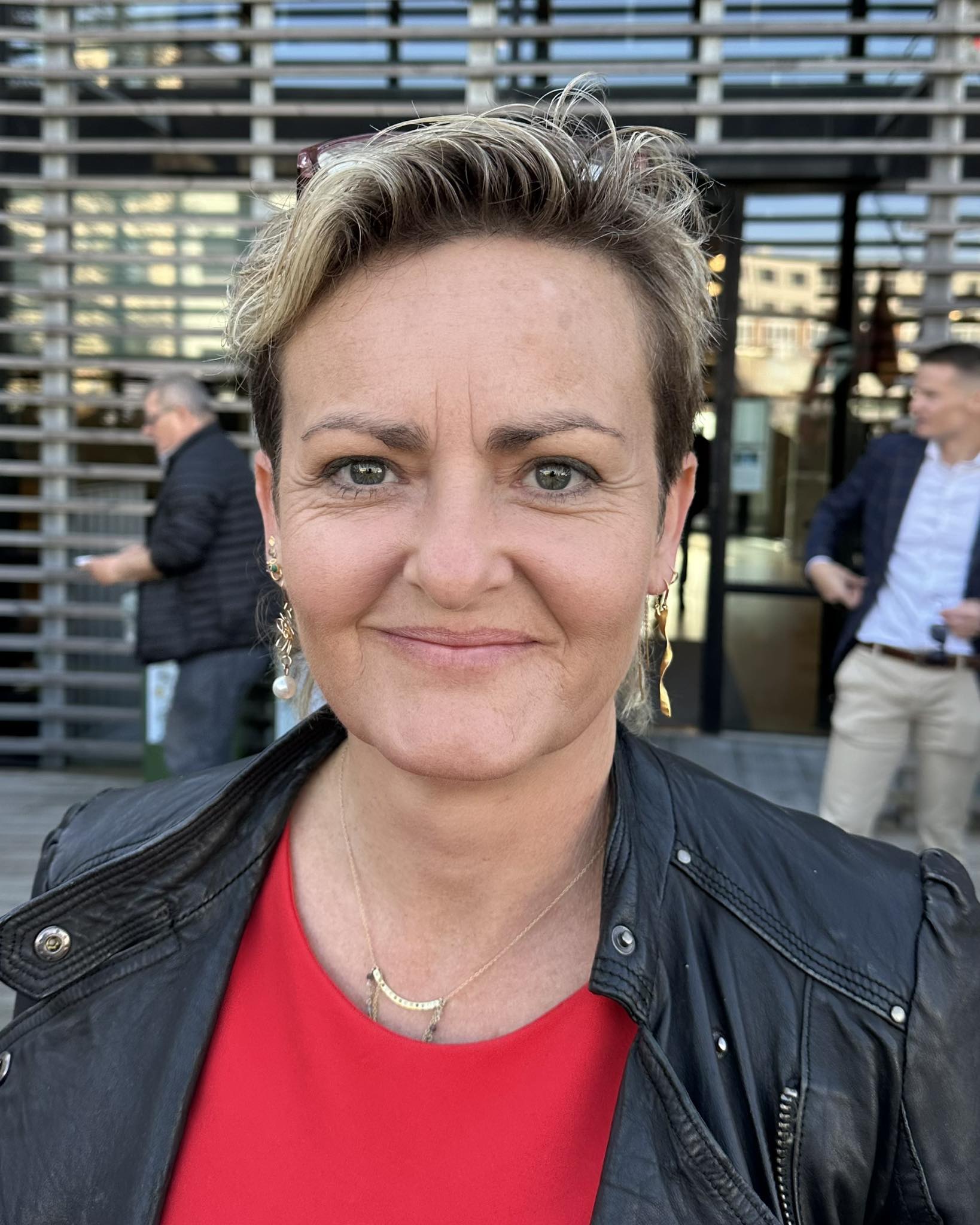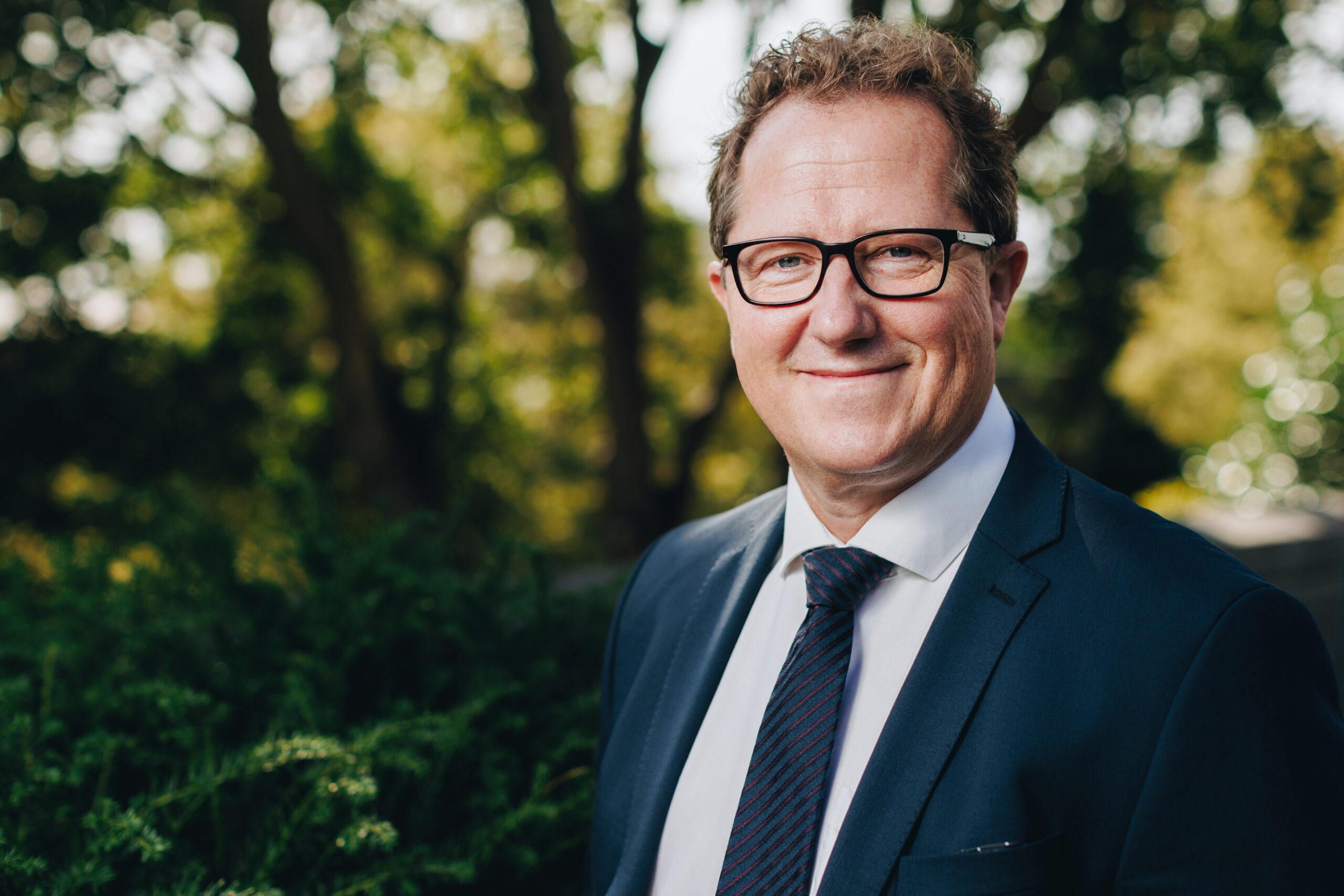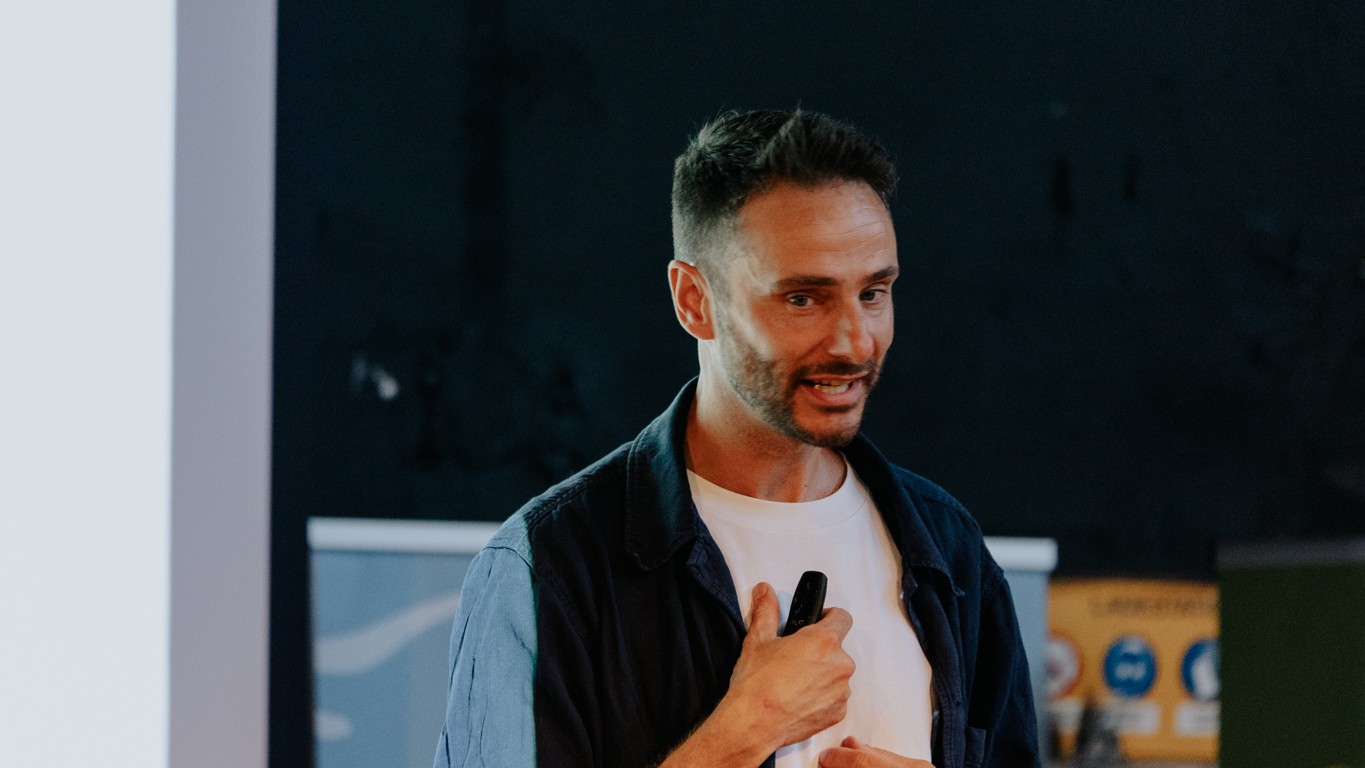Almost 290 years ago on 6 July 1727, two young boys arrived by ship in Copenhagen from the fortress of Christiansborg on the Danish Gold Coast of West Africa.
But they were no ordinary boys – or at least according to the standards of the day. Born to Danish soldier fathers and African mothers during the heyday of colonialism, Christian Jakob Protten and Frederik Pedersen Svane were both of mixed race.
Christian was the younger of the two men. He was born in 1715 in the village of Osu at the very feet of the Danish slave fortress on the Gold Coast. His father was a Danish soldier called Protten, stationed at Christiansborg. His mother was an African woman of noble birth. Frederik was born in 1710, the son of another Danish soldier, Hendrik Pedersen, and an African women from the Osu village.
The king’s godson
The boys’ journey to Denmark was thanks to the largesse of King Frederik IV, who was eager to see how mixed race children from the colony would fare with a Christian education. The boys were hand-picked as the best students at the modest Christiansborg Fort school.
Once in Copenhagen, the Danish establishment set to work assimilating them. Mixed race children were generally regarded as heathens, and they were both baptised at the Garrison Church, with King Frederik IV standing as one of the godfathers.
At the time, there were few Africans in Denmark. Since the mid-17th century, black page boys had been employed at several European courts as curiosities. The Danish courts of Frederik III, Christian V, and Frederik IV all employed bejewelled black servants – or ‘moors,’ as they called them.
An experiment gone awry
After the royal baptism, the boys were sent to Sorterup for private tutoring from their Gold Coast mentor, the Reverend Elias Svane. Originally, the plan was to train the boys as teachers for black children on the Gold Coast. But their talents were so promising that it was soon decided that Copenhagen University was the next logical step.
However, their time at the university was largely a failure, as the two young men refused to adopt the servile, ingratiating manner many Danes expected of Africans who had come to Europe ‘by the generosity of white landowners’.
By 1734, Svane had married a Danish women, Catherine Marine Badsch, and was expelled the following year by the university’s school of theology. He returned to the Gold Coast with his wife in 1735. Protten also left the university and returned to Africa in 1736. But life was hardly easier for them there.
Many Danish officials and soldiers were horrified to discover that Svane had married a white woman. The now pregnant Cathrine was subjected to so much harassment that she was forced to return to Denmark, while Svane immediately set to work to gain a permit to return to his family.
Protten and Svane were changed men after their stay in Denmark, and they returned to Africa as impassioned activists ready to fight for a cause. Protten spent four years detained at the Dutch-controlled slave fortress Elmina. After his release in 1741, he resumed his tireless work to improve the lot of black slaves.
A fight for family reunification
Frederik Svane, meanwhile, fought to be reunited with his wife, who was forced by the prejudice of her countrymen at the Christiansborg Fort to return to Denmark. Badsch remained faithful to Svane, awaiting his return to Copenhagen with their only child, Johann Frederik. After ten years of wrangling with the authorities, Svane was allowed to return to Denmark.
After returning to Denmark, Svane penned an informal autobiography, ‘A Short, True, Clear, and Respectable Declaration and Account of the Events of Ten Years at Christiansborg Fort in Accra on the Coast of Guinea in Africa’. After a struggle to find gainful employment, Svane finally found work as a teacher for the writer and professor Ludvig Holberg.
Svane proved a skilled tutor for Holberg – fluent in Latin – and even gave himself the Latin moniker Fridericus Petri Svane Africanus. He worked faithfully as a teacher until his retirement in 1785. He died in 1789, followed one year later by his wife Cathrine.
At Havrebjerg Church, five kilometres northwest of Slagelse, the cantor’s chair still bears the mark of a carved name, Fridericus Petri Svane Africanus – a modest memory of one of two dynamic African men brought to Europe during the Age of Discovery, who finally won the right to be reunited with his tiny family in Denmark.

